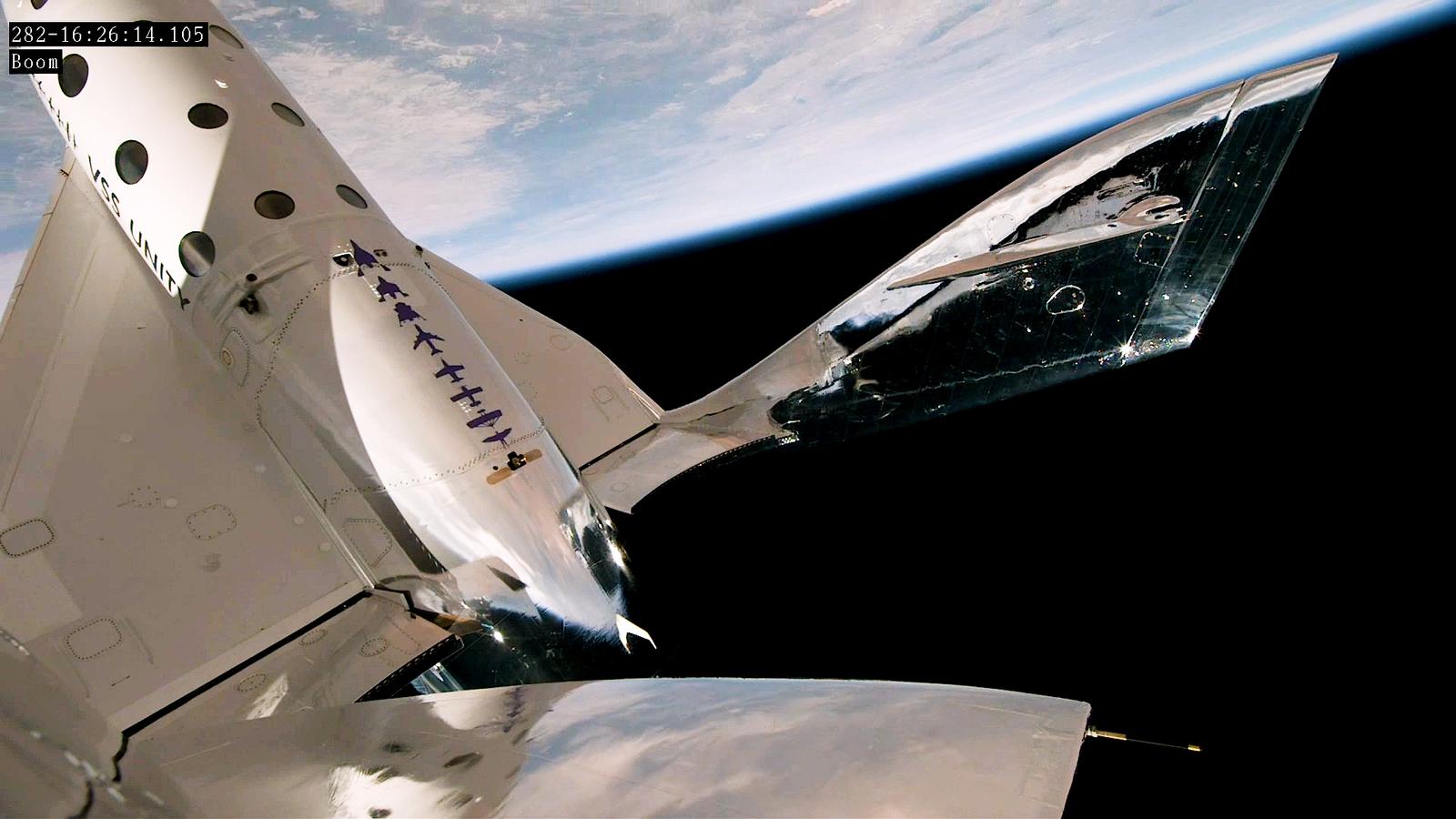Max Q: Galactic
Hello and welcome back to Max Q! Happy Memorial Day everyone.
In this issue:
- Astranis’ novel approach to GEO satellites
- Virgin Galactic’s return to the skies
- News from SpaceX, and more
Astranis, a satellite internet startup based in San Francisco, said Wednesday that its first spacecraft completed a milestone test and will start bringing broadband access to rural Alaskans as soon as mid-June.
It’s a major step for the company, which was founded in 2015 by John Gedmark and Ryan McLinko. By taking a first principles approach to satellite development, the pair bet that they could make a smaller, cheaper spacecraft for geosynchronous orbit — the orbit farthest from Earth and arguably the most inhospitable — and use them to bring internet to millions, or even billions, of people around the globe.
Their bet is paying off: The company’s first satellite, Arcturus, launched on a Falcon Heavy at the end of April. Within less than two minutes after separating from the rocket’s upper stage, the spacecraft started sending telemetry and tracking data to Astranis engineers. From there, the satellite connected to an internet gateway in Utah and communicated with multiple user terminals in Alaska for the first time.

Image Credits: Astranis
Following a successful flight to the edge of space, space tourism company Virgin Galactic says it is ready to enter commercial service in June.
Virgin Galactic’s aircraft, VMS Eve, departed the New Mexico launch site carrying a crew of six (plus two aircraft pilots) at around 9:15 a.m. MT. The VSS Unity spaceplane dropped from the wing of the jet a little over an hour later, taking off to suborbital space at an altitude of 44,500 feet. The entire mission lasted around 90 minutes.
The mission, called Unity 25, concludes a nearly two-year pause in operations for the company. That last flight, which took place in June 2021, also took six people to suborbital space, including company founder billionaire Richard Branson. While Virgin Galactic did not broadcast the Unity 25 mission, the company kept followers updated on social media. NASA Spaceflight, a private news website with massive followings on YouTube and Twitter, unofficially livestreamed the flight.

Image Credits: Virgin Galactic
More news from TC and beyond
- Fleet Space raised $33 million to grow its space-based mineral prospecting business. (SpaceNews)
- Gitai, a Tokyo-based startup, wants to use robots as the labor force for the moon and Mars. (TechCrunch)
- NASA is still working on construction of Mobile Launcher 2 for the next Space Launch System mission (Artemis II), with steel arriving at Kennedy Space Center. (Bechtel)
- NASA’s Office of the Inspector General found dismaying cost overruns with the Artemis program, and in particular the development of the Space Launch System and the RS-25 rocket engines. (OIG)
- Satellite Vu, a thermal imaging startup, closed a new tranche of funding ahead of its first launch. (TechCrunch)
- SpaceX will join the U.S. Federal Aviation Administration as a co-defendant in a lawsuit filed against the regulator over environmental effects of the Starship launch program. (CNBC)
- South Korea launched a domestically built rocket to space. (Reuters)
- SkyFi lets anyone order satellite imagery from their smartphone. (TechCrunch)
- The Spaceport Company demonstrated the potential for off-shore rocket launches in partnership with Evolution Space. (Evolution)
- TRL11 closed pre-seed funding to further develop video solutions for the space environment. (TRL11)
- Ursa Major won a contract with the U.S. Air Force to continue the development of two massive engines, one for space launch and one for hypersonics. (DefenseNews)
- Virgin Orbit’s launch business was sold for parts to Rocket Lab, Stratolaunch and Vast. (TechCrunch)
Max Q is brought to you by me, Aria Alamalhodaei. If you enjoy reading Max Q, consider forwarding it to a friend.




